On March 15th, Apple released the official version of iOS 15.4, which enables facial recognition with mask wearing. In the current pandemic, users who have found unlocking their phones inconvenient due to wearing masks finally received this good news. This can be seen as a typical example of technological and product evolution driven by changes in usage scenarios.

In contrast, the automotive industry still lacks sufficient attention to “scenarios,” and in some ways, it feels like it has taken the same path the smartphone industry once took.
Intelligent Technology is not a Competition of Parameters
A few years ago, you could easily open an Android app market and find an app called “Antutu” on the top ten list for downloads. The reason was that people were enthusiastic about using it to benchmark their phones. Later, we found that having a high benchmark score did not necessarily mean a good user experience. Some models stood out because of their powerful individual features and excellent user experiences, even though their benchmark scores were not outstanding. For example, vivo and OPPO have taken a unique development path due to their strength in audio-visual entertainment.
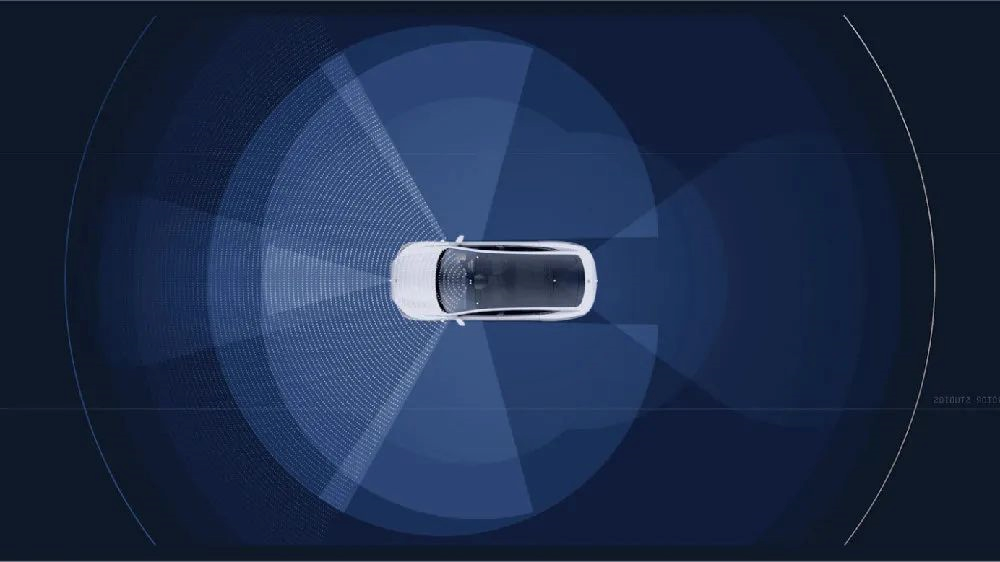
Looking at the current automotive industry, I have a feeling of returning to the “benchmark era”. A “parameter-only” philosophy permeates the industry, and everyone has become immersed in hardware configurations and parameters. Various manufacturers have started to compare chip computational power, compete in terms of the number of laser radars and cameras, and even use a car’s CPU to benchmark.
This phenomenon, which only cares about showing off muscles without remembering the original intention of product development, makes me wonder if we have some misunderstandings about smart technology.
At this time, it is necessary to rethink smart cars. I believe that smart cars should not be engulfed in this cold parameter competition, and should ultimately return to the actual user experience.
What kind of Smart Car do Users Need?
This is not to say that parameters are unimportant. We must understand one thing: they are only a means to achieve car functionality and performance, not the purpose; they are a process, not the end point. You have achieved 10,000 TOPs, and then what?
 So, for users, the parameter competition doesn’t really matter because what they really care about is what you can do for them. The “intelligence” that users can feel is hidden in the actual driving scenarios. Some manufacturers who have understood this have already been working towards “scenarios”. To explain this more easily with a specific product, let’s take the recently upgraded HiPhi X as an example and see where the “scenario” of the intelligent car really lies.
So, for users, the parameter competition doesn’t really matter because what they really care about is what you can do for them. The “intelligence” that users can feel is hidden in the actual driving scenarios. Some manufacturers who have understood this have already been working towards “scenarios”. To explain this more easily with a specific product, let’s take the recently upgraded HiPhi X as an example and see where the “scenario” of the intelligent car really lies.
The first time I saw HiPhi X, like many people, I was amazed by its design that challenged common sense: there are no door handles, and entering and exiting the car is all automatic.
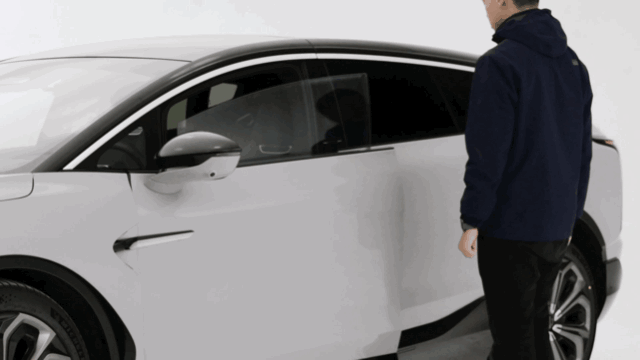
Gaoha believes that this is a typical scenario of future human-vehicle interaction: when I walk up to it, the door should automatically open; when I leave, it should automatically close. The entire process is judged by the car, and there is no longer a need for human intervention. Who needs door handles?
The design inspiration behind HiPhi X’s futuristic and eye-catching gull-wing doors also comes from the user’s actual entry and exit scenario, and its demand is to enable users to enter and exit the car “without having to bow their heads”.

The “scenario card” is the most representative of Gaoha’s “scenario thinking”. The role of the scenario card in HiPhi X is similar to that of “shortcuts” in iOS, which combines complex operations with a single click.
For example, if you want to take a nap in the car, you can click on the “deep sea meditation” scenario card, and the car will automatically complete the operation of reclining the seat, closing all the windows, playing deep sea meditation videos, and bringing a relaxing and comfortable experience to the user.
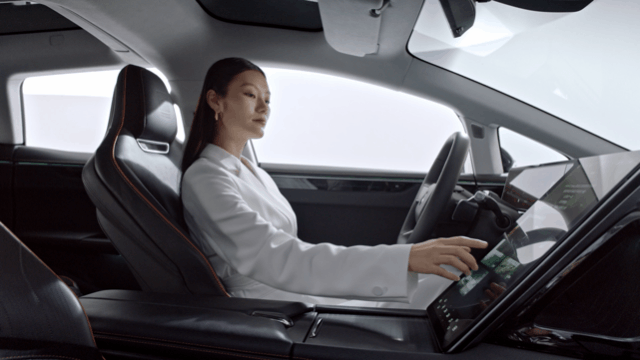
In HiPhi Play, even novices can easily create “scenario cards” to fully meet their personalized needs. Users can also create personalized scenario cards according to their own needs. For example, they can create a “romantic world” scenario card that includes a series of operations such as entering a specific air conditioning mode, turning on fragrances, selecting audio modes, leaning back the seat, etc. With one click, time is saved, and romantic feelings come more naturally.
In the past, car functions were in the hands of designers and engineers, and users were basically passive except for choosing whether they wanted them or not. With “scenario cards”, thousands of users can explore personalized driving scenarios together.
This feeling is getting closer to the intelligent car we want.
Making cars truly intelligent## What is the true intelligent automobile in our minds?
To use the analogy of smartphones, we can see that smartphones possess basic intelligence in providing users with personalized functionalities according to their needs, such as providing nearby services based on their locations or pushing related content according to their preferences. Additionally, intelligence is an ever-evolving concept.

Take unlocking a phone as an example. Whether it’s Apple’s launching of Apple Watch unlocking or facial recognition while wearing a mask or the evolution of Android phones from fingerprint to under-screen fingerprint, all are based on a deepening understanding of user scenarios and a higher pursuit of user experiences for product evolution.
Similar to this, a true intelligent automobile has “eyes,” “ears,” and a “brain.” It can perceive its environment, traffic participants and the status of the driver and passengers, and understand the user’s preferences to adapt to and provide proactive responses and services, as well as enable continuous self-evolution.
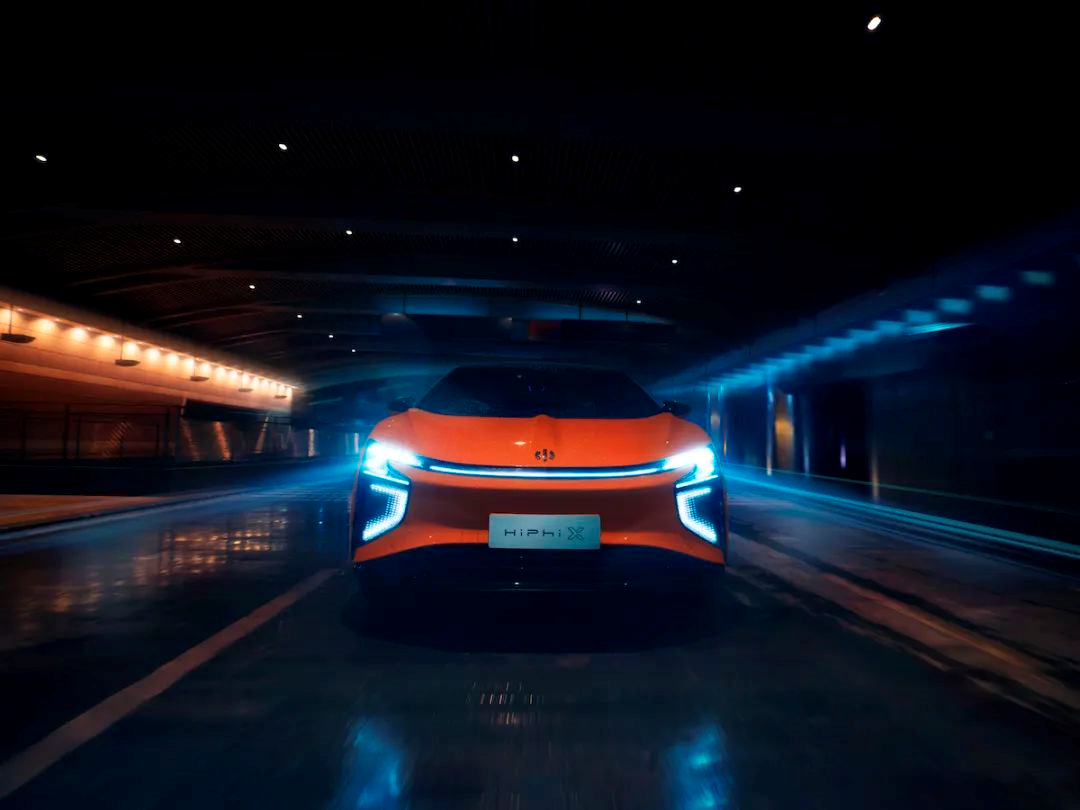
Some companies, such as GAC Group, have already started exploring this direction. For example, HiPhi X designed its PML headlights as “interactive tools” rather than traditional lighting tools. When driving at night, the car’s infrared camera detects living objects in blind spots, lights up the object with PML headlights, and projects a warning icon on the ground.

This HiPhi X is still evolving.
Recently, GAC Group’s HiPhi X has added six luxury technological configurations to its entire lineup, as well as four choices of wheel hubs and three choices of interior ceiling decor. In addition, two new six-seater extended-range models have been introduced: the Pioneer Edition and Intelligent Edition, which are equipped with rear-wheel drive single motors and have shifted their focus from performance to a balance between comfort and practicality with a CLTC range of up to 650 kilometers.
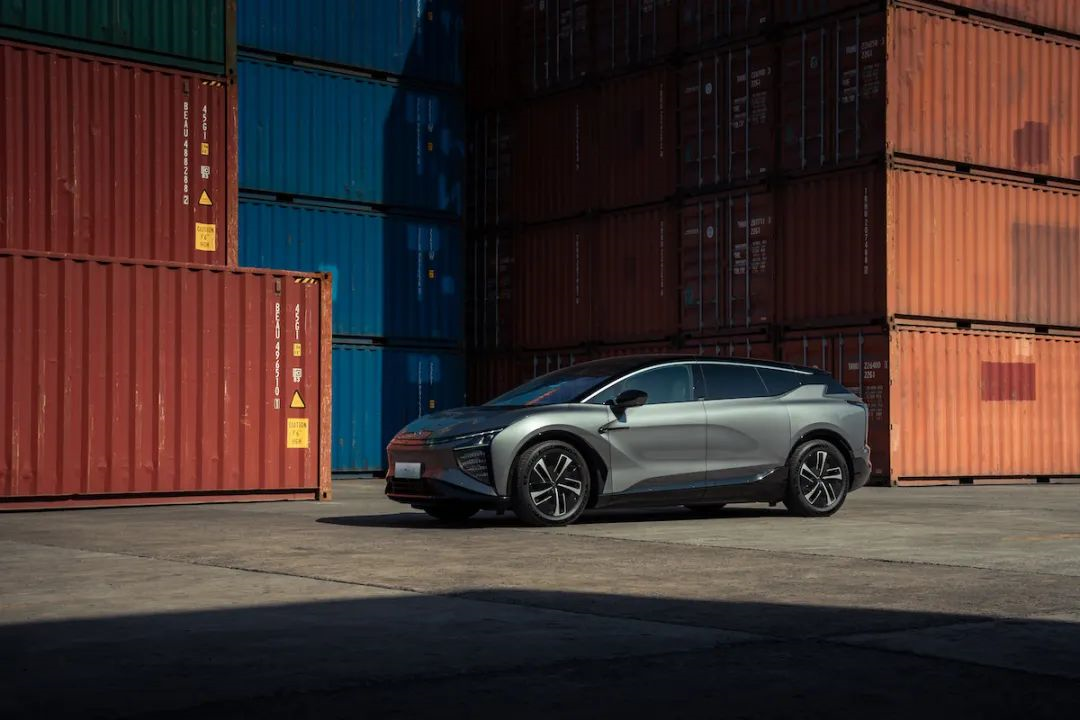
With this wave of upgrades and updates, consumers have more choices at similar price points, creating more possibilities to create personalized scenarios for automotive use.# Making Cars Truly Intelligent
To make a car truly intelligent means giving it the ability to perceive, judge, make high-quality decisions, and interact with us in a more humanistic way. To quote Plato, “man is the measure of all things.” Thus, humans should also be the measure of cars.
In other words, what we want is not a car with simply piled-up computing power and hardware, but a car that understands us.
Fortunately, someone has already understood this and is taking the first step.

This article is a translation by ChatGPT of a Chinese report from 42HOW. If you have any questions about it, please email bd@42how.com.
